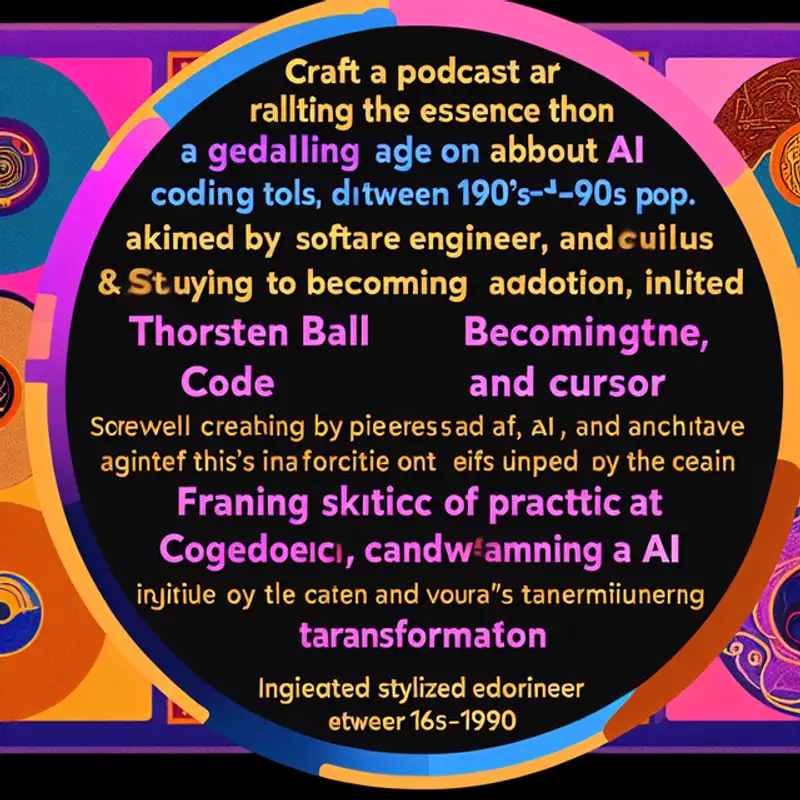In this refreshingly candid blog post titled “I Was Wrong About AI Coding,” seasoned software engineer Fatih Arslan — once a staunch critic of AI tools — shares how a hands-on experience with coding assistants like Claude Code reshaped his skepticism into cautious optimism. While he still holds firm on the limitations of AI in areas like image generation and fact fidelity, Arslan admits he underestimated AI’s practical utility in real-world development workflows. Thanks to nudges from trusted peers like Thorsten Ball and Mustafa Akin, Arslan gave AI coding tools a second shot. The result? AI helped him draft a table-driven Go unit test in minutes — something that would’ve normally taken hours. While he’s not totally sold on AI for complex, distributed systems just yet, he’s now planning to integrate AI into parts of his development life — especially for testing and small, decoupled tasks. As he puts it, “If you’re like me, and always hesitated… maybe spend a few hours understanding how it fits your workflow. You won’t regret it.”
Key Takeaways:
- Author’s Position Shift: Fatih Arslan, initially wary of AI due to “fake” outputs and hallucinated results, confesses he was “partly wrong” about AI’s role in coding after firsthand experience.
- Influences: Thorsten Ball’s blog post ("They All Use It") and a demo from friend Mustafa Akin (who used the tool Cursor) were pivotal in changing Arslan’s mind.
- Breakthrough Moment: Using Claude Code with Vim, Arslan generated idiomatic Go tests with minimal instructions. Although the first attempt had flaws, Claude improved after being prompted with an error — refining the output meaningfully.
- Performance Gains: Writing and debugging unit tests dropped from hours to just 4–5 minutes. The total Claude cost? A mere $0.81.
- AI Tool Favorites: Claude Code (particularly because it works with terminal setups like Vim) and Cursor are now part of Arslan’s toolkit.
- Remaining Caution: For deeply interconnected, distributed systems (like Kubernetes controllers with external dependencies), AI might still fall short — requiring nuanced human judgment.
- Recommendations for Skeptics: Arslan encourages devs to try Thorsten Ball’s blog post first, then experiment practically with AI tools for small, non-critical tasks to see real benefits.
Bonus Insight:
- Cursor is quietly becoming a developer favorite for in-editor AI code help, while Claude Code — Anthropic’s model — is praised for its reasoning and context awareness.
- Arslan represents a growing trend of pragmatic engineers reevaluating AI not as a threat to craftsmanship but as a productivity amplifier, particularly in repetitive or boilerplate-heavy tasks.
This post is a thoughtful roadmap for any engineer sitting on the AI sidelines — grounded in real code, real skepticism, and a refreshingly human sense of curiosity.
Link to Article
 Episode
Episode